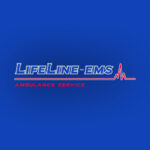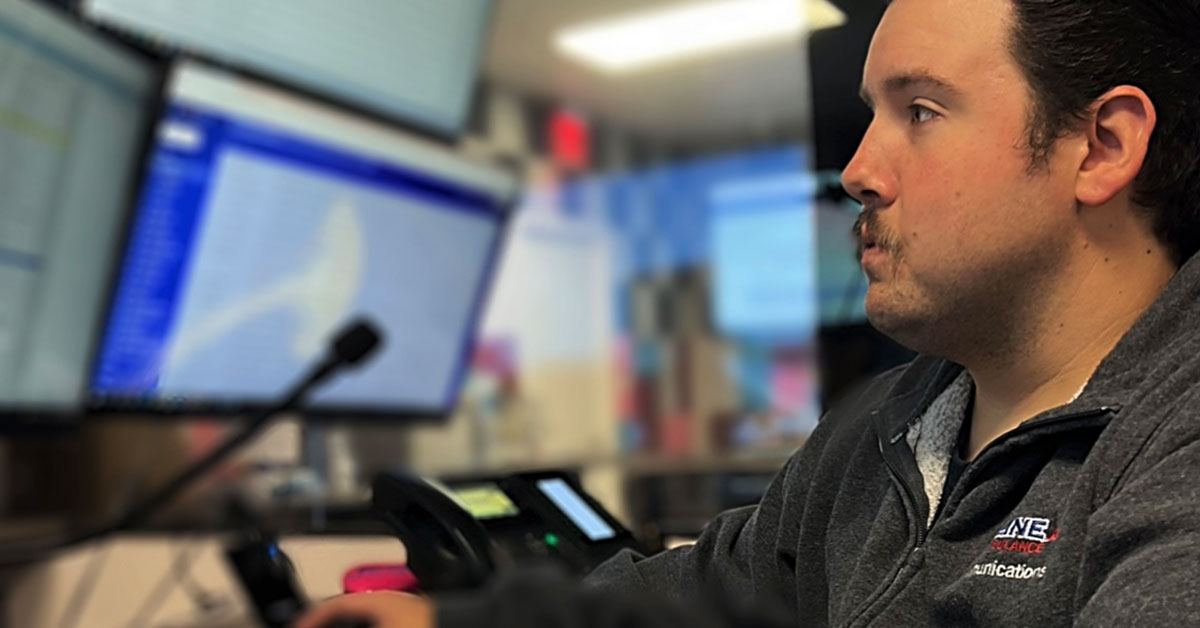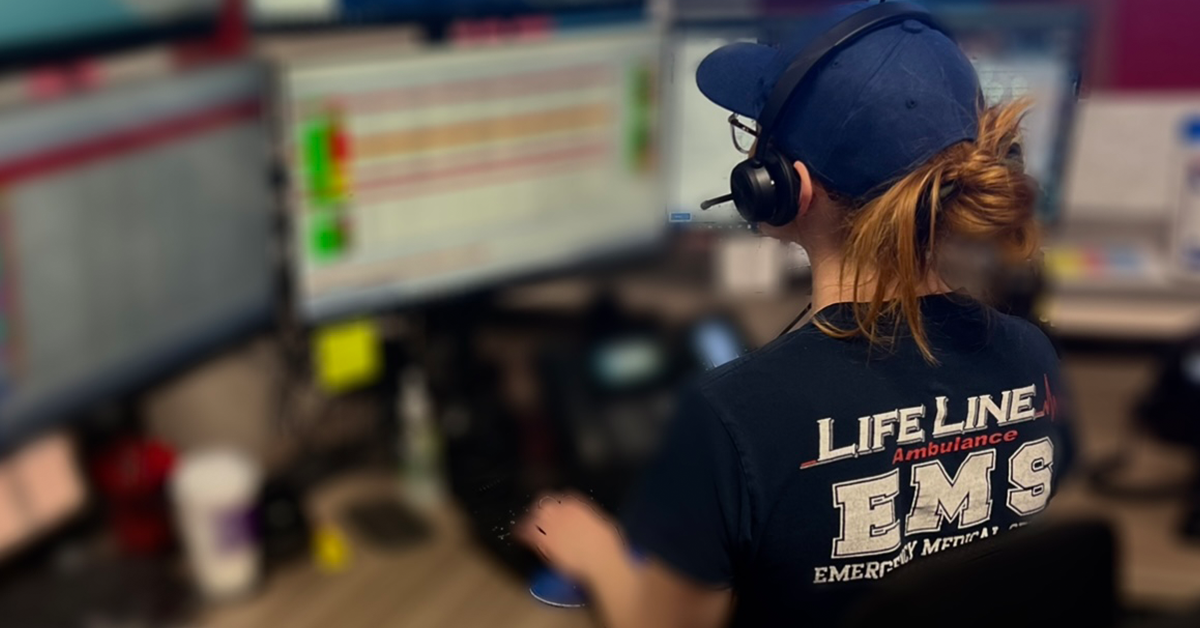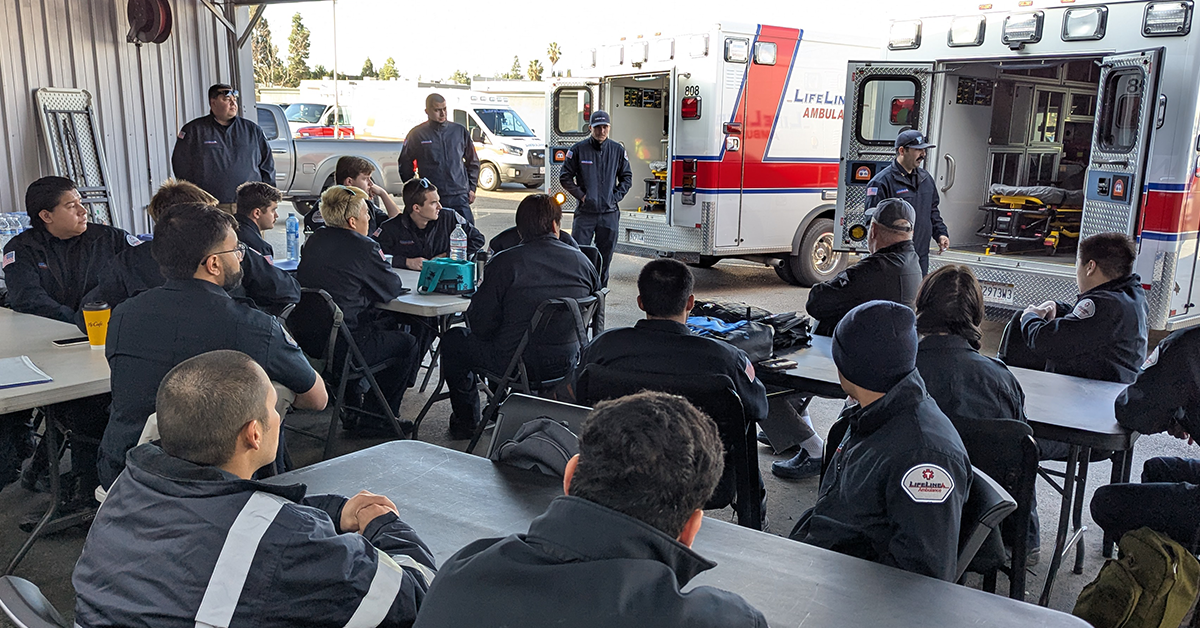Emergency Medical Services (EMS) play a crucial role in safeguarding public health and safety. As the demands on healthcare providers continue to evolve, innovative approaches are essential to meet the needs of diverse communities. In Los Angeles, LifeLine EMS is leading the way by implementing forward-thinking strategies that enhance patient care, improve response times, and promote community engagement. This article explores how LifeLine EMS is innovating EMS services in Los Angeles and Southern California through technology, advanced training, community outreach, and collaboration.
Embracing Cutting-Edge Technology
Technology is at the forefront of innovation in EMS, helping providers like LifeLine EMS deliver more efficient, effective, and patient-centered care. By leveraging the latest advancements, LifeLine EMS is setting new standards in emergency medical services.
1. Utilizing Telemedicine for Real-Time Medical Support
Telemedicine is revolutionizing the way EMS providers deliver care. LifeLine EMS has integrated telemedicine into its operations, allowing EMTs and paramedics to connect with physicians and specialists in real-time, directly from the field.
- Enhanced Patient Assessment: Through telemedicine, EMS professionals can consult with doctors to make more accurate diagnoses and determine the best course of treatment while still on the scene.
- Remote Decision-Making: Telemedicine enables quick decision-making, especially in complex cases where immediate specialist input is needed, reducing unnecessary transports to emergency departments.
- Improved Patient Outcomes: Access to real-time medical advice can enhance patient outcomes by ensuring timely and appropriate care, minimizing delays, and optimizing the use of healthcare resources.
2. Implementing Electronic Patient Care Reporting (ePCR)
LifeLine EMS has adopted Electronic Patient Care Reporting (ePCR) systems, replacing traditional paper-based methods with digital platforms that streamline the documentation process.
- Efficient Data Collection: ePCR systems allow EMTs and paramedics to quickly and accurately record patient information, vital signs, and treatment provided during transport.
- Enhanced Communication: The digital format ensures that patient data is instantly shared with receiving hospitals, facilitating a seamless transition of care and improving continuity.
- Data Analytics: ePCR provides valuable data that can be analyzed to identify trends, measure performance, and drive continuous quality improvement in EMS services.
3. Integrating Advanced Dispatch Systems
To improve response times and resource allocation, LifeLine EMS utilizes advanced dispatch systems equipped with GPS technology and predictive analytics.
- Optimized Resource Allocation: Advanced dispatch systems ensure that the nearest available ambulance is dispatched to emergencies, reducing response times and enhancing operational efficiency.
- Predictive Analytics: By analyzing historical data, these systems can predict peak times and locations for emergency calls, allowing LifeLine EMS to position resources strategically and prepare for high-demand periods.
- Improved Coordination: The integration of GPS technology enables better coordination between EMS teams and other first responders, such as fire departments and law enforcement.
Advancing Training and Professional Development
LifeLine EMS recognizes that the skills and knowledge of its EMS professionals are critical to delivering high-quality care. The organization invests heavily in training and professional development to ensure its staff is prepared for the evolving demands of the job.
1. Comprehensive Training Programs
LifeLine EMS offers a wide range of training programs to enhance the skills of its EMTs and paramedics, preparing them for the diverse challenges they face in the field.
- Advanced Life Support (ALS) Training: LifeLine EMS provides training in advanced life support techniques, such as cardiac monitoring, intravenous therapy, and advanced airway management, ensuring that EMTs and paramedics are equipped to handle critical situations.
- Specialized Courses: The organization offers specialized courses in areas such as pediatric care, trauma response, mental health crises, and disaster preparedness, expanding the scope of practice for its professionals.
- Scenario-Based Drills: Regular simulation exercises and drills help EMS teams practice responding to various emergency scenarios, improving readiness and decision-making skills.
2. Continuous Professional Development
LifeLine EMS encourages a culture of continuous learning and professional growth, providing opportunities for employees to advance their careers and enhance their expertise.
- Continuing Education: The organization offers access to continuing education courses, workshops, and seminars to keep EMS professionals up-to-date with the latest medical practices, technologies, and protocols.
- Certification Support: LifeLine EMS supports its employees in obtaining advanced certifications, such as Advanced Cardiac Life Support (ACLS) and Pediatric Advanced Life Support (PALS), which enhance their capabilities and career prospects.
- Leadership Training: Leadership development programs are available to help EMS professionals move into supervisory and management roles, fostering a pipeline of future leaders within the organization.
Focusing on Community-Centered Care
LifeLine EMS understands that providing exceptional care goes beyond responding to emergencies. The organization is deeply committed to engaging with the community and promoting public health through education and outreach.
1. Community Paramedicine Programs
Community paramedicine, or mobile integrated healthcare, is an innovative approach that expands the role of EMS providers to include preventive care, chronic disease management, and patient education.
- Preventive Health Services: Community paramedics provide services such as wellness checks, vaccinations, and health education, helping to reduce emergency calls and improve overall community health.
- Chronic Disease Management: By conducting regular home visits and monitoring patients with chronic conditions, EMS professionals help prevent medical emergencies and hospital readmissions.
- Patient Navigation: Community paramedics assist patients in navigating the healthcare system, connecting them with primary care providers, specialists, and social services to ensure comprehensive care.
2. Public Health Education and Outreach
LifeLine EMS actively participates in public health education and outreach initiatives to promote safety, wellness, and preparedness in the community.
- First Aid and CPR Training: The organization offers first aid, CPR, and emergency response training to schools, businesses, and community groups, empowering individuals to provide immediate assistance in emergencies.
- Disaster Preparedness Workshops: LifeLine EMS conducts workshops to educate residents on disaster preparedness, including creating emergency plans, assembling supply kits, and understanding evacuation procedures.
- Health Fairs and Events: Participation in local health fairs and events allows LifeLine EMS to engage directly with the community, offering health screenings, educational materials, and promoting healthy lifestyles.
Enhancing Collaboration and Partnerships
Collaboration with other healthcare providers, public safety agencies, and community organizations is essential for delivering coordinated and effective EMS services. LifeLine EMS is committed to building strong partnerships that enhance patient care and community resilience.
1. Integrated Response with Public Safety Agencies
LifeLine EMS works closely with fire departments, police, and other public safety agencies to ensure a unified response to emergencies.
- Joint Training Exercises: Regular joint training exercises with fire and police departments help improve coordination and communication during multi-agency responses.
- Shared Resources: LifeLine EMS shares resources and expertise with partner agencies to enhance overall emergency preparedness and response capabilities.
- Interoperability Systems: The use of interoperable communication systems ensures seamless communication between LifeLine EMS and other responding agencies, facilitating a cohesive response.
2. Collaboration with Healthcare Providers
Partnerships with hospitals, clinics, and other healthcare providers are crucial for delivering seamless care and improving patient outcomes.
- Hospital Integration: LifeLine EMS collaborates with local hospitals to ensure smooth transitions of care, from pre-hospital treatment to in-hospital care.
- Data Sharing Agreements: Data sharing agreements with healthcare providers enable LifeLine EMS to track patient outcomes and improve care coordination.
- Patient Follow-Up Programs: Collaborative follow-up programs help monitor patients after they have been discharged from the hospital, reducing readmission rates and enhancing recovery.
Embracing Data-Driven Decision Making
Data analytics is transforming the way EMS providers make decisions, allocate resources, and improve services. LifeLine EMS leverages data to enhance its operations and patient care.
1. Predictive Analytics for Resource Management
LifeLine EMS uses predictive analytics to anticipate demand, optimize resource allocation, and reduce response times.
- Call Volume Forecasting: By analyzing historical data, LifeLine EMS can predict peak times and locations for emergency calls, allowing for better preparation and resource positioning.
- Resource Optimization: Predictive models help determine the most efficient deployment of ambulances and personnel, minimizing wait times and maximizing coverage.
2. Quality Improvement Initiatives
Data-driven insights are used to identify areas for improvement, enhance service quality, and ensure patient safety.
- Performance Monitoring: Key performance indicators (KPIs) are tracked to monitor response times, patient outcomes, and overall service quality.
- Continuous Quality Improvement: Data is analyzed to identify trends, assess performance, and implement changes that lead to better patient care and operational efficiency.
Keep Reading
Want more? Here are some other blog posts you might be interested in.
In the high-stakes world of emergency medical services, clear and effective communication can mean the difference between life and death. EMS professionals...
Emergency Medical Services is an ever-evolving field that requires constant learning and adaptation. With medical advancements, technological innovations, and increasing public health...
Emergency Medical Services s a high-stress, physically demanding profession that requires dedication, quick decision-making, and resilience. While the rewards of saving lives...






